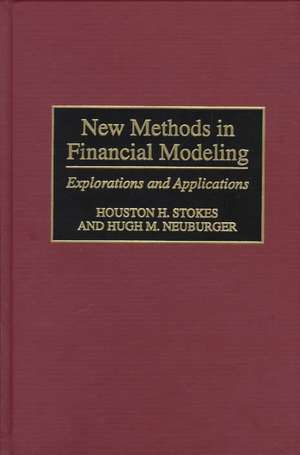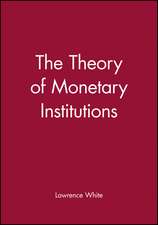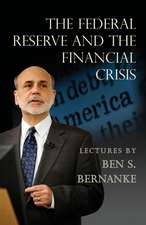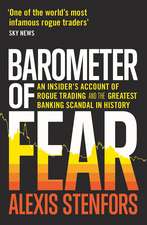New Methods in Financial Modeling: Explorations and Applications
Autor Hugh Neuburger, Houston H. Stokesen Limba Engleză Hardback – 17 feb 1998 – vârsta până la 17 ani
Preț: 345.07 lei
Preț vechi: 475.90 lei
-27% Nou
Puncte Express: 518
Preț estimativ în valută:
66.04€ • 71.71$ • 55.47£
66.04€ • 71.71$ • 55.47£
Carte tipărită la comandă
Livrare economică 22 aprilie-06 mai
Preluare comenzi: 021 569.72.76
Specificații
ISBN-13: 9781567201253
ISBN-10: 1567201253
Pagini: 168
Dimensiuni: 156 x 235 x 20 mm
Greutate: 0.41 kg
Editura: Bloomsbury Publishing
Colecția Praeger
Locul publicării:New York, United States
ISBN-10: 1567201253
Pagini: 168
Dimensiuni: 156 x 235 x 20 mm
Greutate: 0.41 kg
Editura: Bloomsbury Publishing
Colecția Praeger
Locul publicării:New York, United States
Notă biografică
HOUSTON H. STOKES is Professor of Economics at the University of Illinois at Chicago. The author of more than 75 articles and four books, he has consulted widely in finance, health economics, and energy economics. His main research in recent years involves the development and application of diagnostic procedures for the specification of econometric models, which is the topic of his 1991 Quorum book, Specifying and Testing Econometric Models (Second Edition, 1997).HUGH M. NEUBURGER is Senior Vice President and Director of Growth Equities at DLJ Investment Management Corp., Donaldson, Lufkin & Jenrette, New York. He has taught at the Columbia University Graduate School of Business, and has published more than 20 articles. He was also Managing Director and Cofounder of Matrix Capital Management and a Director in the Pension Asset Management Group of the Prudential Insurance Company.
Cuprins
PrefaceIntroduction to the Analysis of Financial DataAppropriateness of Statistical Methods in Investment Research: What Standards Apply?Do Stocks Returns Anticipate Economic Activity?: Evidence from Panel DataDetecting and Modeling Nonlinearity in Stock Returns: A Comparison of VAR, MARS, and PISPLINE ModelsModeling Episodic Nonlinearity in Daily Bond Market ReturnsThe International Transmission of Conditional VolatilityThe Relationship Between Large Capitalization and Small Capitalization Stock Return IndicesBibliographyIndex














